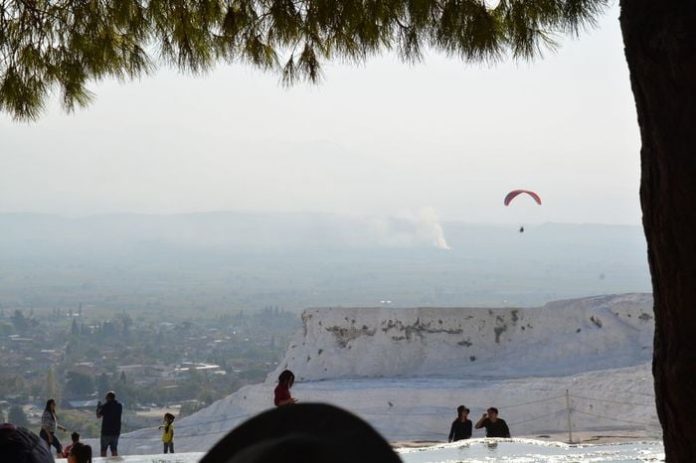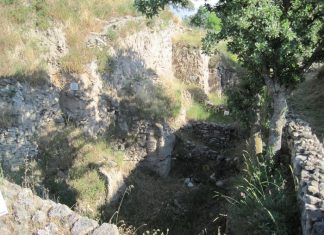Anaximander of Miletus (c. 550 BCE) Exploring Celestial Fire and Wheels
Around 550 BCE, Anaximander of Miletus presented innovative ideas about the cosmos, envisioning the Earth as a cylinder surrounded by air and fire, likened to the bark of a tree. His cosmology aimed to explain celestial phenomena through physical and mathematical terms, introducing the concept of heavenly bodies as wheels of fire enclosed by air. This article explores Anaximander’s celestial theories and the evolving understanding of the universe in early Greek thought Parmenides Empedocles and Anaxagoras.
Anaximander’s Celestial Scheme
Anaximander proposed a unique celestial scheme where heavenly bodies, described as wheels of fire akin to chariot wheels, were enclosed by air. He depicted their light as an axle, pipe, vent, or bellows-nozzle, emitting fire jets. Eclipses and lunar variations were attributed to the opening or partial closing of these vents. Anaximander suggested a process of separation and “equilibrium,” envisioning the Earth suspended in the middle, surrounded by balanced heavenly bodies governed by unseen rules (Aristot. de caelo. 295b 10).
Caution in Interpretation
While interpreting Anaximander’s ideas, caution is necessary due to the scarcity of direct quotes and the influence of later theories imposed on his concepts by subsequent sources Istanbul Day Trip. Anaximander’s notion of “equilibrium” hints at an emerging awareness of gravity among the Greeks, although explicit recognition awaited further development.
Anaximines of Miletus (c. 525 BCE) Unraveling the Condensation of All From Air
Building on Anaximander’s groundwork, Anaximines refined the flat-earth idea, proposing that all things result from gradual condensation and “rarification.” According to him, earth condenses out of air, and fire is “exhaled” from the earth (Ps.-Plut. Strom. 3). He envisioned the earth and celestial bodies as flat, floating on infinite air like a leaf. Rejecting the mythological concept of celestial bodies setting beneath the earth, Anaximines suggested a turning angle, with some obscured by the “higher” parts of the earth to the north (Aristot. Meteor. 354a 28). This section delves into Anaximines’ contributions to early Greek cosmology and his unique perspective on the composition of the universe.








